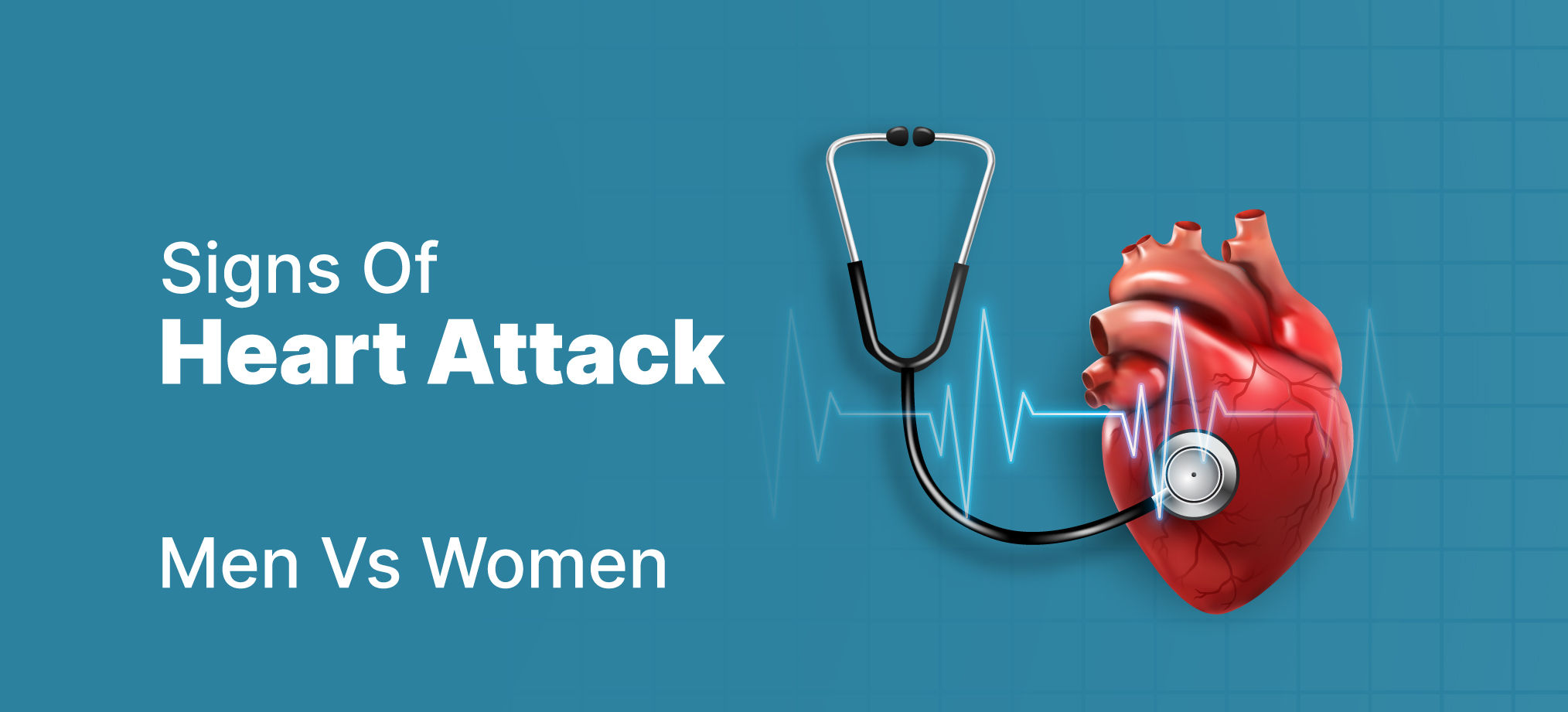Managing risk factors such as obesity, smoking, blood pressure, and blood glucose are a major step towards good heart health. However, these alone may not be sufficient to reveal hidden and underlying conditions that are not seemingly obvious. Therefore, it is important for both people with diagnosed heart conditions as well as healthy individuals to get themselves tested for hidden heart diseases that may not often have clear warning signs.Tests that help detect hidden heart disease
1. Blood Tests
Blood tests are used by physicians to help assess an individual’s risk of heart disease. Different types of blood tests can offer comprehensive insights into heart health. The tests can help detect cholesterol, fatty deposits (plaques), and other harmful substances that can increase the risk of heart disease and heart attack.
The test, also referred to as lipid profile or lipid panel, is used to measure the amount of fats present in the blood. The test can help determine the risk of heart disease and heart attack. It typically indicates the levels of total cholesterol, LDL ‘bad’ cholesterol, HDL ‘good’ cholesterol, and triglycerides. Ideal cholesterol levels should be:
- Total cholesterol: Not more than 200 milligrams per deciliter (mg/dL)
- LDL cholesterol: Not more than 130 mg/dL
- HDL cholesterol: Over 40 mg/dL for men and over 50 mg/dL for women
- Triglycerides: Not more than 150 mg/dL
-
High-sensitivity C-reactive protein (CRP) test
The test is used to measure the levels of C-reactive protein (CRP), a protein produced by the liver. The protein is released in response to an injury or infection that causes swelling (inflammation). High levels of C-reactive protein (above 2.0 mg/L) are associated with a greater likelihood of heart disease, heart attack, and stroke. A high-sensitivity CRP (hs-CRP) test can, therefore, help assess the risk of heart disease even before the onset of symptoms. The test helps measure the levels of lipoprotein (a) or Lp (a), a type of LDL cholesterol. The levels of lipoprotein (a) are usually determined by genetic factors. High levels of Lp (a) may increase the risk of developing heart disease. A physician may prescribe an Lp (a) test if a person already has heart disease despite having healthy cholesterol levels. This test measures the levels of ceramides in the blood. Ceramides are waxy lipid molecules that are produced by nearly all the cells in the body. Certain ceramides have been associated with plaque buildup in the arteries and insulin resistance. According to studies, high levels of ceramides may indicate a greater risk of heart disease.
The test assesses the levels of brain natriuretic peptide or B-type natriuretic peptide (BNP) in the blood. The BNP is a protein that helps get rid of excess fluids, transfers sodium into urine, and relaxes blood vessels. The body releases excess BNP to ease the stress on the heart. Therefore, high levels of BNP may be an indicator of a damaged heart. The BNP test can help determine if the shortness of breath is caused by heart failure. It is a blood test that looks for a protein associated with heart damage. The test looks for Troponin T protein that is released when there is damage to the heart muscle. Troponin testing is already used to diagnose heart attacks. A fine-tuned higher sensitivity version of this test can also be used to assess the risk of heart disease in people without any visible symptoms. 2. Electrocardiography (ECG)
It is a test that uses tiny adhesive-backed electrodes to record the electrical signals generated by the heart. An ECG test can help a physician detect abnormalities in heart rhythm and heart structure. It can also detect interference in blood flow caused by plaque build-up in coronary arteries.
3. Echocardiography
This is a non-invasive test in which an ultrasound machine generates sound waves to produce detailed images of the heart. The images help physicians monitor heart structure and function. The test can be used to identify the risk of heart disease.
4. Exercise stress test
The exercise stress test is used to determine the performance of the heart during physical activity. The objective of the test is to monitor blood pressure, pulse rate, and heart function while an individual engages in physical activity on a treadmill or a stationary bicycle. Stress testing with ECG and stress echocardiography are two major subtypes of the exercise stress test.
5. Cardiac catheterization
This is an invasive cardiovascular exam that is performed to detect of risk of heart disease. In this test, a short tube called a sheath is inserted into a vein or artery near the groin, neck, or arm. The sheath is then connected to a larger, flexible, and hollow tube called a guide catheter. With the help of X-ray images, a physician threads the guided catheter through the selected artery or vein to the heart. Once the catheter reaches the heart, the doctors perform certain diagnostic procedures to check for abnormalities.
6. Cardiac Magnetic Resonance Imaging (MRI)
This is a non-invasive medical imaging test used to assess the function and structure of the cardiovascular system. In cardiac magnetic resonance imaging (MRI) test, a person lies on a table placed inside a long hollow-cylindrical machine that generates a magnetic field. The magnetic field produces detailed images that are used by physicians to evaluate the structure and function of the heart.
7. Cardiac Computerized Tomography (CT) Scan
It is a computer-assisted imaging test that uses multiple X-ray images to produce cross-sectional views of the body. The cardiac computerized tomography (CT) test involves lying on a table placed inside a doughnut-shaped machine that uses an x-ray tube to rotate around the body and take detailed images of the heart.
A major type of cardiac computerized tomography (CT) scan is the coronary artery calcium (CAC) scan. The procedure involves locating and measuring the calcium-rich deposits in the coronary arteries with the help of a brief, low-dose computed tomography. The test can be used to assign a numerical score to calcium deposits on the basis of their size and density. An elevated calcium score may indicate a risk of heart disease.
Even seemingly healthy people can be at risk of hidden heart disease. The absence of symptoms and otherwise good health indicators can make such individuals unsuspicious of the risks posed by the condition. However, it is important to remain alert to the possibility of the disease. Depending on an individual’s medical and health history, a physician may recommend one or more of these tests to determine his or her risk of hidden heart disease.
For any questions on heart health, you can:
Talk to a Cardiologist
If you wish to get your heart health checked:
Explore These Tests


.jpg?tr=q-80)



.jpg?tr=q-80)
